Have you ever felt a twinge of dread when “test prep season” rolls around? It’s that point in the school year when you’re juggling review sessions, extra practice worksheets, and restless students.
While drill-and-practice can be effective, it often leaves everyone feeling burned out. But there’s a great way to reinvigorate these lessons: easy classroom transformations that spark instant student engagement without demanding a ton of money or time. By adding small yet meaningful touches, you create a learning environment where students can’t wait to dive into review activities.
In this blog post, we’ll explore how theme days offer elementary teachers a fun way to make test prep more appealing—especially during the end of the year. Whether you’re reviewing math concepts, reading comprehension, or a mix of both, you’ll discover strategies that encourage critical thinking and still align with rigorous content.
Choosing the right theme is essential for successful and easy classroom transformations. Since you’re probably focusing on either math or reading (or both), select a theme that feels natural for your grade level and content goals. I’ve created 40 different transformations with a variety of themed activities for K-5, but these four shine as you gear up for end-of-the-year reviews:
You can also rotate in other fun activities, like a Camping Day or Party Day, if those work better for your class vibe. Each transformation is designed with multiple versions, so you can adapt the content to different grade levels. This means every learner feels challenged without feeling overwhelmed.
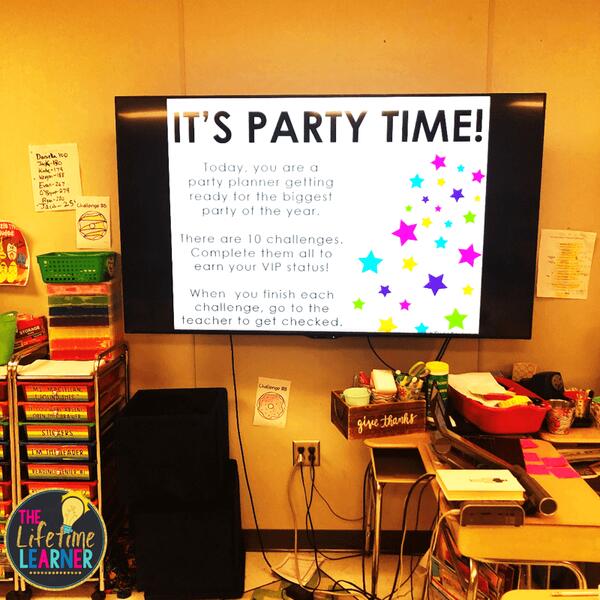
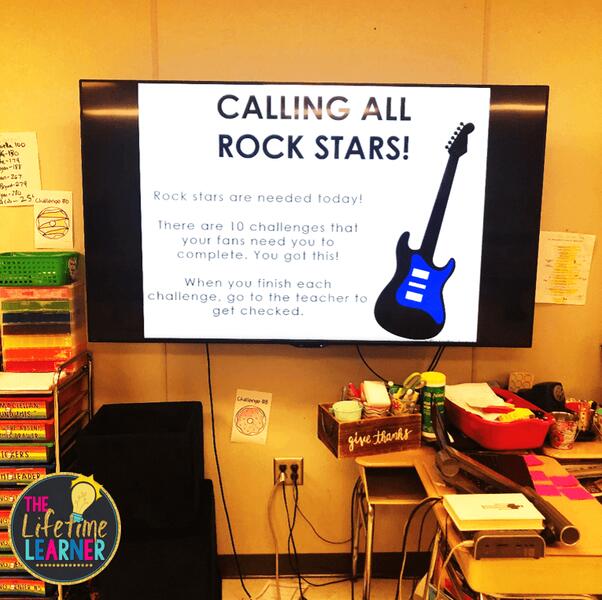
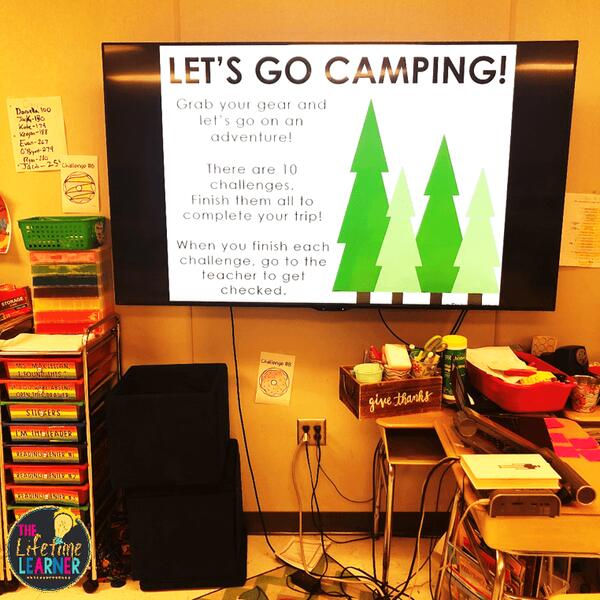
Easy classroom transformations should be more than just decorations on bulletin boards—they need to reinforce rigorous content. These theme days aren’t just for show; they’re a great way to integrate standards-based lessons while still offering a memorable learning experience.
Layer Your Differentiation
Not all students learn at the same pace, so offer multiple variations of a task. Maybe one group tackles single-step multiplication, while another explores multi-step problems requiring deeper critical thinking. The transformation keeps everyone united under the same theme without sacrificing individualized support.
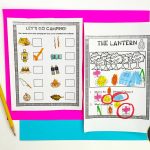
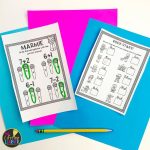

Elementary teachers are busy enough without having to spend days decorating. Fortunately, each easy classroom transformation provides most of what you’ll need, including digital resources, station signs, and name tags. Here’s how to pull it all together quickly:
Organize Station Materials
Keep each station’s worksheets and instructions in labeled bins or folders so students can jump in with minimal confusion. This simple step keeps you from constantly answering, “What do I do next?”
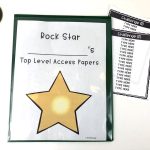
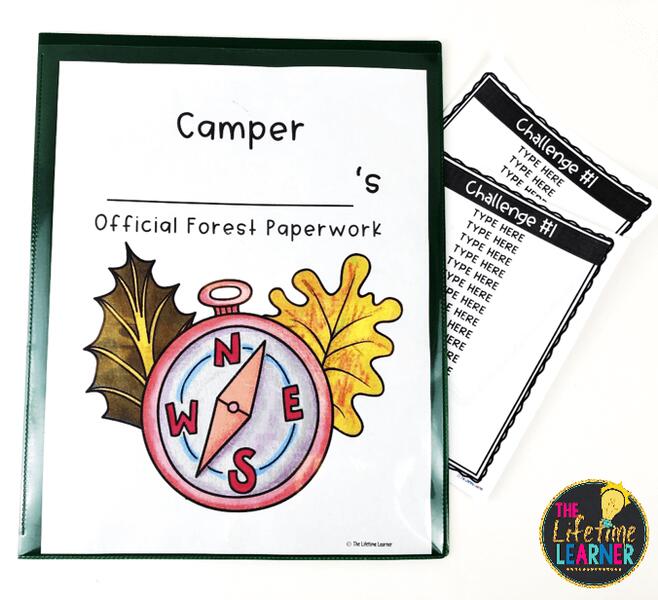
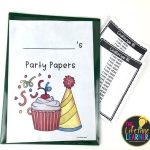
A well-organized rotation schedule takes these easy classroom transformations to the next level. Rather than having students sit in one spot with a big stack of review pages, they move between stations that reinforce specific skills. This variety helps maintain high engagement.
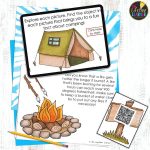
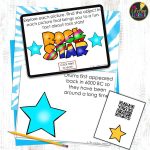
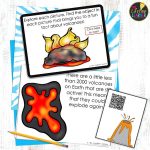
Test prep can be stressful, so end on a high note by celebrating small victories. Students appreciate moments of recognition, and it reinforces the idea that hard work pays off.
Highlight the Gains with Easy Classroom Transformations
One of the biggest perks of these transformations is the potential jump in engagement and retention. Remind students how much progress they’ve made and why their effort was worthwhile.
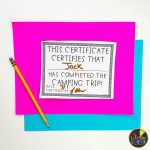

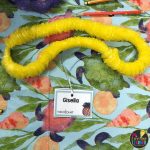
Test prep doesn’t have to be a drag. By mixing in easy classroom transformations, you turn end-of-the-year review into a memorable, hands-on learning experience. Whether you pick Rock Star Day, The Floor Is Lava, or Hawaiian Day, each theme offers a fun way to dive into rigorous content while maintaining student engagement. Even a few simple adjustments—like short station activities or low-cost decor—can make a world of difference.
Curious about other misconceptions that hold teachers back? Check out my post on 4 Myths About Classroom Transformations to clear up any doubts. For example, if you’re wondering what transformations look like across various grade levels, my What Is a Classroom Transformation? blog post offers a great overview.
When you incorporate a variety of themed activities into your test prep routine, you’ll see instant student engagement, more meaningful practice, and a more positive vibe in your classroom. Embrace these easy classroom transformation theme days to spark interest, save time, and help your students tackle important standards—without losing their excitement for learning.
1. How can I encourage independent work in a transformed classroom?
Provide self-checking answer keys or designate “station captains” who can help peers. This way, you can roam freely and offer quick feedback instead of fielding every question at once.
2. What if my students are at different levels?
Use leveled tasks under the same theme. For instance, one group might work on basic operations while another solves multi-step word problems. Everyone enjoys the same transformation, but the difficulty shifts as needed.
3. How can I keep students on task with so much movement?
Introduce station procedures in advance. A brief practice run without academic content helps them understand how to rotate, ask for help, and clean up.
4. Does a classroom transformation require a large classroom?
Not at all. If space is tight, focus on fewer stations or transform just one corner of your room. Even small changes can create a fresh learning environment.
5. How do I maintain excitement after the special day ends?
Sprinkle in mini-transformations throughout the year. A simple decor swap, themed bulletin boards, or a single station can give students something new to look forward to without straining your schedule.
6. Where can I find “done for me” classroom transformations I can print and go with?
Over 500+ classroom transformations for both math and reading K-5 are available in my Website Shop!

Are you new to classroom transformations or thinking about trying one? I’m here to help! You can explore more classroom transformation tips on my website, and you’re always welcome to follow along on Instagram, Facebook, Facebook Group, or Tiktok for extra ideas and resources.
Looking for ready-to-go K–5 math and reading classroom transformations?
You can find over 500 print, editable, and digital transformations in my Website Shop. Use the filters on the side to search by grade level and subject!
Or, you can browse all 40 classroom transformation themes for each grade level on TPT right here.

Want to add some fun decorations to your next room transformation? I’ve got you covered right here with my Classroom Transformation Decoration Lists!